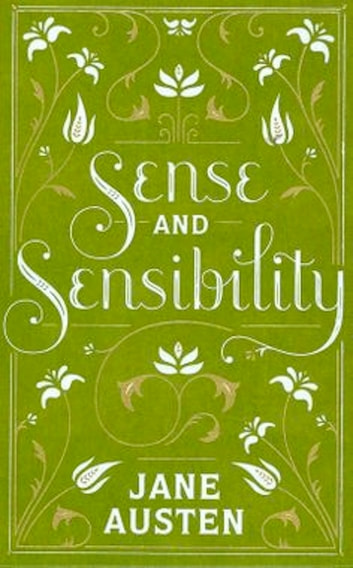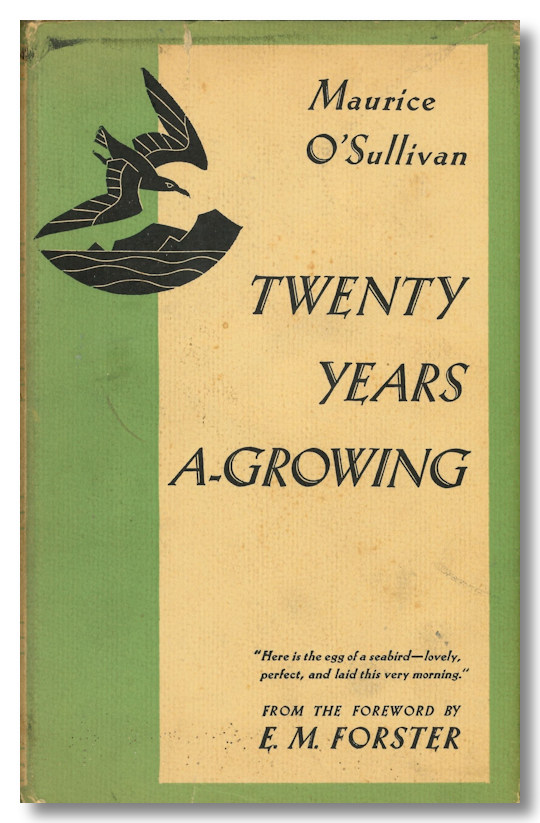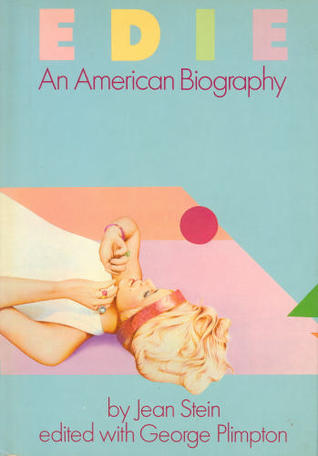Book Club is a new monthly series exploring the literature that inspires some of our favorite musicians. Whether it’s a music biography that got them through the slog of tour, the poetry collection that eked into their most poignant lyrics, or the novel that sparked a rock opera, we’ll get to the bottom of it so you can add it to the top of your book stack. This month, we speak to Stuart Murdoch from Belle & Sebastian.
Stuart Murdoch fell in love with books in his early 20s, and obsessing over literature shaped some of his earliest Belle & Sebastian songs. “My book phase changed my life,” he says over the phone. “I felt that with every book I was reading, I was being changed as a person, more so than music ever did for me.” Though he characterizes a lot of his earliest reading material as scattershot, by the late ‘80s Murdoch directed himself towards what he’d heard were “the greats”—Jane Austen’s Sense and Sensibility, Franz Kafka, and Vladimir Nabokov’s Lolita.

“I can’t think of many books that immerse themselves or describe America in a greater way,” Murdoch says of that last one, noting how Nabokov’s verbosity leveled up his own vocabulary. He found similar delight in James Joyce’s A Portrait of the Artist as a Young Man—”It felt like a long poem, where the language has you dancing as you read.”
Murdoch’s love of literary culture inspired numerous Belle & Sebastian titles—there’s ”Wrapped Up in Books,” a whole EP called Books, “The Book of You,” “Put the Book Back on the Shelf,” and lyrical references to Judy Blume, Sylvia Plath and J.D. Salinger scattered across their 10-album discography. This month’s A Bit of Previous, the group’s first record in seven years, was influenced by Murdoch’s practice of Buddhism. “The particular book we were studying before and during the recording of the LP was called The New Eight Steps to Happiness [by Geshe Kelsang Gyatso],” he says. The song “Sea of Sorrow” was inspired by a parable in which a blind turtle rises up from the ocean once every hundred years to, against all odds, put his head through a floating golden yolk; it’s about the preciousness of life. “There are lines of so-called dharma, which is Buddhist teaching, that seem to pervade the songs,” Murdoch says.
Apart from his ventures as a lyricist, Murdoch also published the diaristic memoir The Celestial Café in 2010, wrote and directed the 2014 film God Help the Girl, and collaborated with illustrator Pamela Tait on last year’s Belle and Sebastian: Illustrated Lyrics. He’s also about two-thirds of the way through writing a new nonfiction manuscript, and tells me he enjoys the freedom in trying out new literary genres: “You can feel your way, and it’s actually more fun to be making it up as you go along,” he admits. In celebration of A Bit of Previous, Murdoch outlines the books that changed him, the books he keeps returning to, and the books that Belle & Sebastian obsess over together.
SPIN: What’s your favorite book that’s been recommended to you?
Stuart Murdoch: Back in the ‘90s, I was going through a bad, tricky patch that lasted about six years. My best friend Ciara and I were sick and had the same thing, so we used to spend long days together, and we’d quite often hang at her parents’ house. Her dad was a writer from Northern Ireland called Bernard MacLaverty—he wrote Cal and Lamb and a number of other books. One day I said to him, “Bernard, you’ve got a great library. Can you recommend a book that’ll occupy my time and help me to lose myself?” He gave me Twenty Years A-Growing by Maurice O’Sullivan. It’s about a boy growing up on the Blasket Islands, which are to the southwest of the main island of Ireland. This is about the turn of the century, from the 19th to 20th century, so you can imagine things were very different in this boy’s life. If I remember, the title comes from a phrase, an Irish rhyme: “Twenty years a-growing, twenty years in blossom, twenty years a-stooping, and twenty years declining.” It describes the four periods of living.

Glasgow has a notable literary scene, between Good Press, the Zine Library, and the Poetry Club… what’s local that you love?
My [favorite] is a guy called Alasdair Gray, who died two years ago. I got to know Alasdair and in fact we were going to collaborate on a music book, then we wound up doing different things. He’s the author of Lanark; some people talk about it as being the Scottish Ulysses, but there’s a lot of biography. It’s painting Glasgow from the ‘50s, the ‘60s, him growing up, a young man trying to move from the theoretical east of the city to the west—which is coming from the working side of the city to the more intellectual, middle-class side. So it’s a portrait of a young Scotsman. But he is also wrapping up a vision of a darker Glasgow: a vision of hell, Dante-esque, into the bowels of the city. So it’s full of metaphor and danger. He does it in such an artful way. And he illustrates as well—he’s almost as well known in Scotland for his paintings. He painted murals in people’s houses, commissioned. And as his reputation has grown, people are very proud of the Alasdair Gray murals that pop up in certain living rooms.
Your faith and practice in both Christianity and Buddhism are central to your life. What other books are significant to you?
Would you lose interest in me if I said the Bible? Of course it’s a controversial book. It covers the Old Testament, it covers Judaism, Christianity goes on with the New Testament, there’s lots of crossover with Islam as well. I understand very much that the Bible is a human interpretation of God’s words, so I’m quite relaxed when I read it. I filter through the stuff I don’t like and cling onto the stuff that I like. I love the stories in John, like the wedding in Cana, or the woman at the well, or when Mary Magdalene washes Jesus’ feet with perfume. There’s amazing personal, radical stories. I’m invested in that.
You once studied physics. Do you still enjoy reading about science?
I did science at University in the mid-’80s. I loved the idea of science and I think I was maybe slightly misguided. I started to lose interest in all the actual work and I would be reading literature rather than doing my physics work. But when a book came along—something like Zen and the Art of Motorcycle Maintenance or The Tao of Physics—that did it for me. Zen and the Art of Motorcycle Maintenance, that’s a touchstone volume, a famous book. Some of the younger [readers] may not have heard about it, but I would recommend that one to them.
Are there music memoirs you love most?
My favorite is Edie by Jean Stein. It was a book about Edie Sedgwick, but it was so much more: the whole Factory scene and Andy Warhol. Back in the ‘80s and ‘90s, reading a book that so directly and colorfully brought the ‘60s to life, it jumped off the page. You’d get a multifaceted picture of the whole scene that would add up to something close to the truth. You’d realize that some narrators were less trustworthy than others, but you got the truth in the whole. So that’s a great one, Edie.

Our band—especially Bob and Stevie and actually, all of them apart from maybe Sara—devour rock autobiographies and biographies. And it’s a constant conversation point in rehearsal to the point where nothing gets done. So there’s a new one out [in June 2022] called Exit Stage Left [by Nick Deurden, about] what happened to pop stars when they stopped selling, when they stopped being big. Fame is fickle and you can only stay at the top for so long. We’ve never really had that experience because it’s a marathon, not a sprint for Belle and Sebastian. So that’s why it’s so fascinating for us. Some of the stories were really great, from the likes of Robbie Williams or Dexy’s Midnight Runners. They interviewed Natalie Merchant from 10,000 Maniacs, Suzanne Vega, and Tanya Donnelly from Belly and Throwing Muses. Of course someone like Tanya Donnelly is always going to have integrity, but for some people, like the ‘80s group Frankie Goes to Hollywood, the crash was extreme. Can you imagine being the top band in Britain for years, and then suddenly you release the next record and nothing happens? It drove some of these people to therapy.
What are the books you’ve shared with your children over the pandemic?
C.S. Lewis is the big one, followed closely by Roald Dahl. Now they’re getting a little older—5 and 8—they don’t sit on my knee so much, they’re on their tablets and things. So I trick them. We get cozy and I say, “I’m going to tell you a story.” And in particular, I know the C.S. Lewis books so well, that I can tell them the story of the book in quite good detail, and that sees them off to sleep. C.S. Lewis books were my favorite things when I was young. Out of the seven Narnia books, my two favorites are The Horse and His Boy and The Silver Chair. What I liked about those two in particular [was they both had] female characters and I felt they were the strongest characters C.S. Lewis wrote in his children’s books. When you’re young, the company of girls is very fleeting—we were very separate when we were growing up. So these were two impressive women in literature, when I was young.

Leave a comment